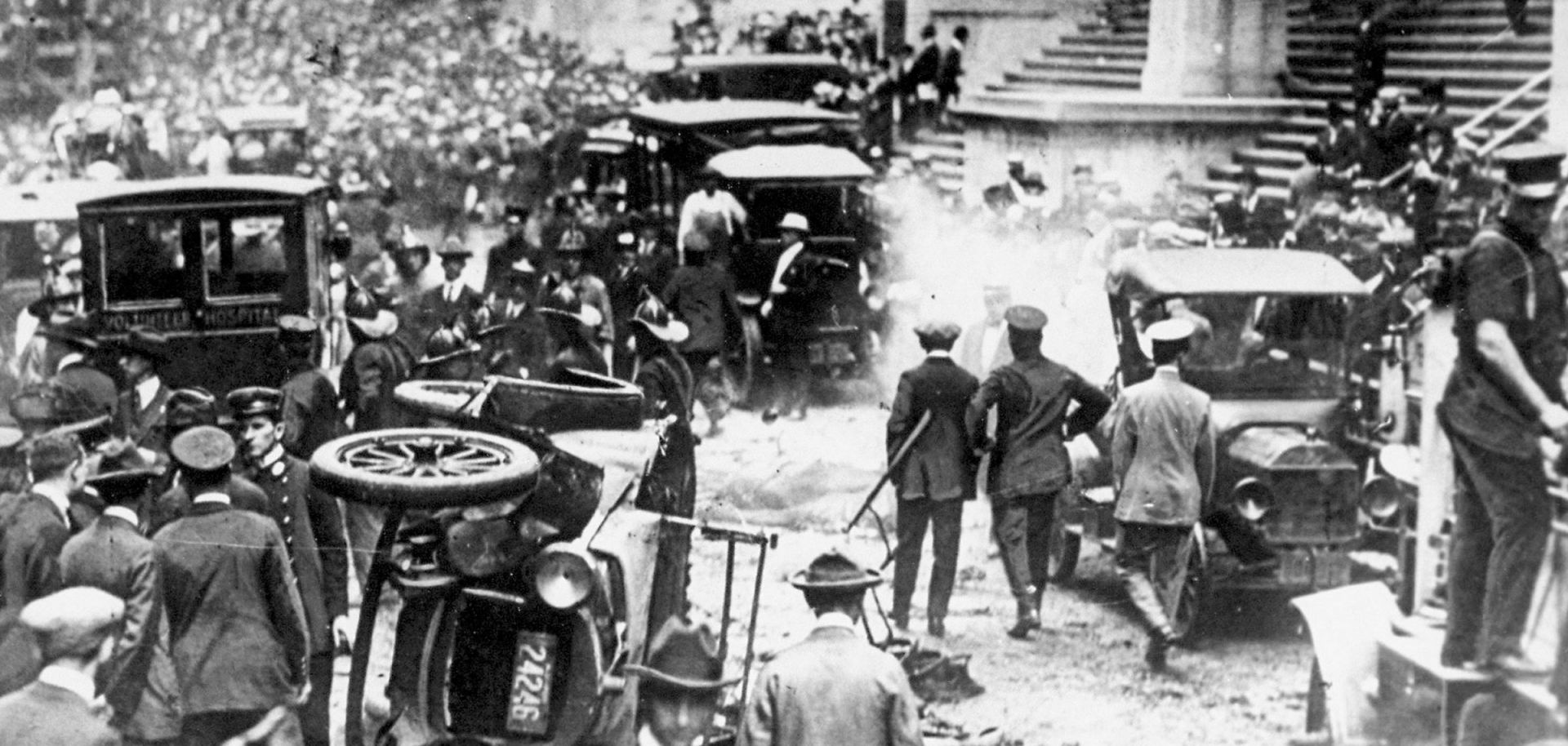What drives terrorism? Last week I began this series discussing the forces that change and influence trends in terrorism tactics and tradecraft in an attempt to answer that question. The first part examined the importance of ideology and terrorist theory in shaping terrorism trends. But there are other equally influential factors. Understanding them not only helps put attacks in context, but also permits observers to see how terrorism dynamics evolve so they can be predicted and forecasted. And while this knowledge doesn’t explain what leads an individual to become radicalized and join an organization or movement that embraces terrorism in the first place (that was never the intention of this series), it still has value.
In subsequent weeks I will discuss other drivers: counterterrorism efforts, technology, and media coverage. But this week will focus on the political and economic developments that define terrorism....


